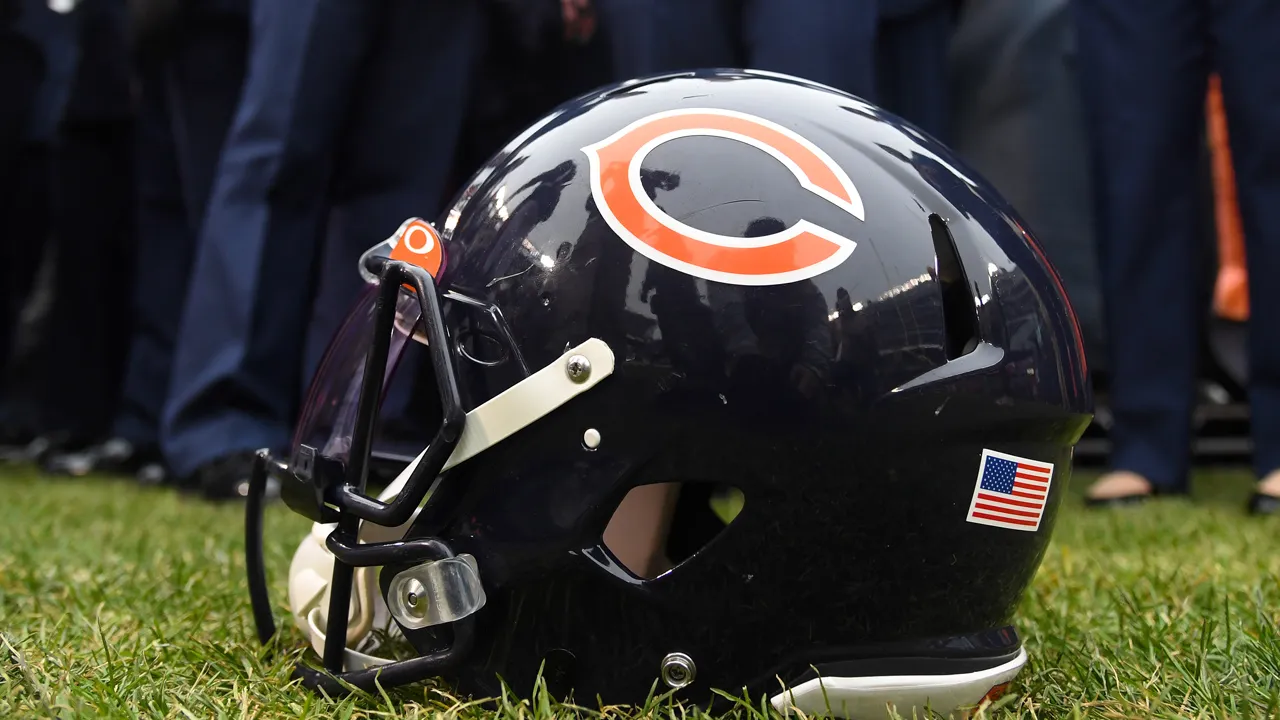The Chicago Bears organization closed on the land at Arlington Park in February, bringing their plans of building a stadium in Arlington Heights closer to reality.
The stadium is one of the most highly anticipated subjects from the current state of the Bears. News dropped in September they won the bid they placed on the land; finally, they were able to close on that purchasing agreement.
Recently, however, a state of the village address in Palatine – a suburb just northwest of Arlington Park – raised concerns about the gridlock and infrastructure issues the stadium could bring to the surrounding areas.
“I can just assure everybody in this room that this is not something we take lightly,” the Mayor of Palatine, Jim Schwantz, said to the Daily Herald. “We’re not just (saying), ‘Put the stadium up, we can’t wait for it, it’s the greatest thing ever.'”
RELATED: Stroud defends Fields, doesn't want Bears to draft him
Indeed, much of the hearsay about the stadium is driven by positivity and mentions of the Bears' economic opportunities for, what would be, the largest construction project in Illinois history. But, some towns located near the stadium's potential site are worried about the issues it can bring.
Surely, usage of 326-acre land, filled to the brim with brand new amenities will attract an overflow of people. The Bears have already laid out what they envision for the area, which will almost certainly cause a scene.
NFL
The towns surrounding Arlington Park ascertain their infrastructure is not ready to inhale that.
“It could bring our community to complete gridlock,” Village Manager Reid Ottesen said. “And our residents wouldn’t be able to get where they need to go. Our police and fire would not be able to get to calls on time.”
What's more, improving the infrastructure around the stadium means more money. The Bears mentioned during their inaugural stadium meeting they would request public funding only for the use of infrastructure.
Yet, it could be costly.
“It’s going to be $1 billion that has to go into the infrastructure to [address] the road network, the water system, the sewer systems, the retention — we don’t want more flooding,” Ottesen said.
The Bears have plenty of hoops to jump through before breaking ground on a stadium.
Will they get in the way of constructing the stadium? From the looks of it now, probably not. But, the Bears will have to solve them before they can call Arlington Heights its new home.


